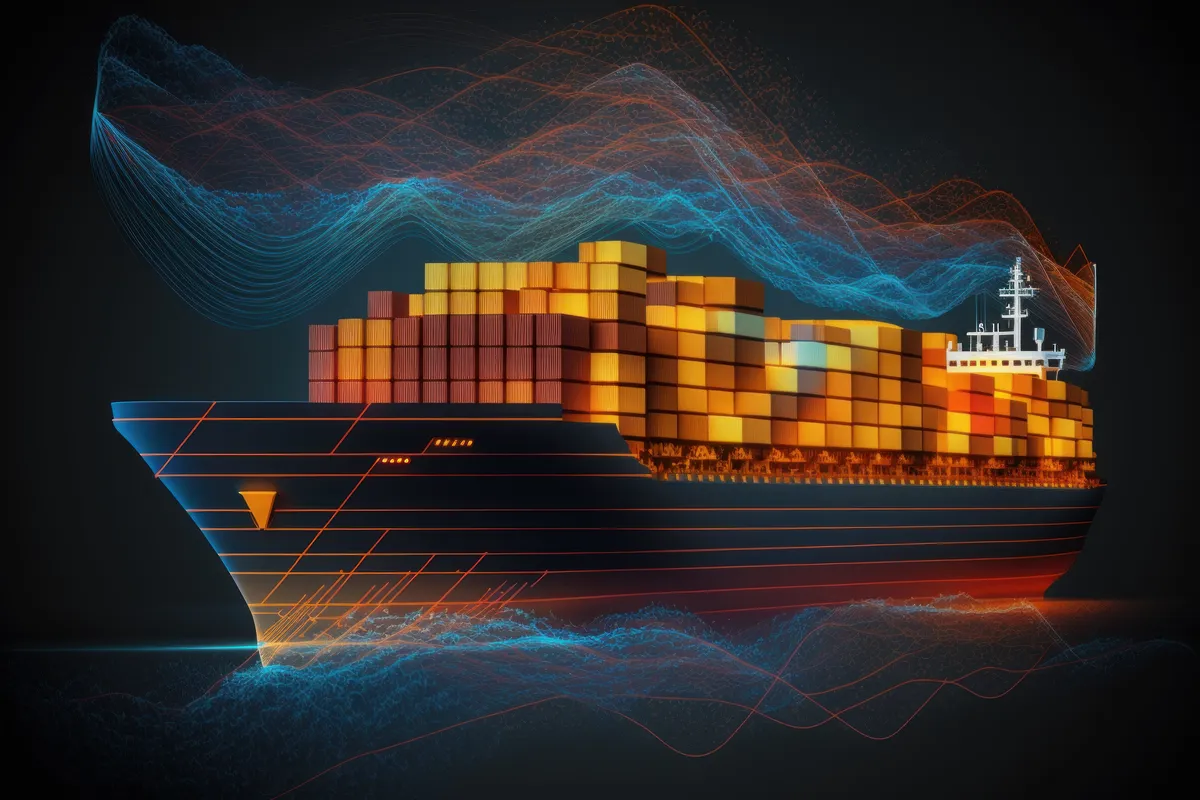The International Maritime Organization issued circular MSC.1/Circ.1456/Rev.1 with revised unified interpretations of SOLAS Chapter II-2 and the FSS and FTP Codes.
The Maritime Safety Committee (MSC) first approved unified interpretations of SOLAS Chapter II-2 and the FSS and FTP Codes in June 2013 (MSC.1/Circ.1456), based on recommendations from the Sub-Committee on Fire Protection. These interpretations provided specific guidance on applying the relevant requirements.
In November 2014, the MSC made amendments to these interpretations to clarify the placement of fire main isolation valves on tankers, as discussed by the Sub-Committee on Ship Systems and Equipment (MSC.1/Circ.1492).
Most recently, in May 2024, the MSC approved further amendments to these interpretations. This update, prepared by the Sub-Committee on Ship Systems and Equipment, aligns with changes to SOLAS regulation II-2/7.5.5 regarding the protection of accommodation, service spaces, and control stations.
Member Governments are encouraged to use these revised interpretations as guidance when applying SOLAS Chapter II-2 and the FSS and FTP Codes. They should also ensure that all relevant parties are informed of these updates.
This circular supersedes the previous documents MSC.1/Circ.1456 and MSC.1/Circ.1492.
Revised Unified Interpretations of SOLAS Chapter II-2
Gas Measurement and Detection – Portable Instruments (SOLAS Regulation II-2/4.5.7.1):
- Original Requirement: Ships were required to have one portable instrument for measuring oxygen levels and one for measuring flammable vapour concentrations, along with spares for both.
- Revised Interpretation: Compliance can now be achieved by having at least two portable instruments that can measure both oxygen and flammable vapour concentrations. Alternatively, a ship could have two separate instruments for each measurement type, effectively totaling four instruments.
Control Stations and Cargo Control Rooms on Cargo Ships (SOLAS Regulation II-2/7.5.5):
- Original Requirement: Control stations and cargo control rooms were expected to be equipped with fixed fire detection and alarm systems.
- Revised Interpretation: For cargo ships built before January 1, 2026, this requirement is relaxed. These ships do not need to have their control stations and cargo control rooms covered by fixed fire detection and alarm systems, acknowledging that older vessels may not be equipped with these systems.
Suction and Discharge Piping of Emergency Fire Pumps (SOLAS Regulation 10.2.1.4.1):
- Definition Clarification: In this context, “the valve” refers specifically to the sea inlet valve.
- Insulation Requirements:
- Steel Casings: If the suction or discharge piping is enclosed in substantial steel casings or insulated to "A-60" class standards, additional insulation is not required for certain components such as distance pieces, sea inlet valves, and sea-chests.
- A-60 Insulation: Pipes must be covered or protected by insulation material that meets "A-60" class division standards as defined by the FTP Code.
- Sea Inlet Valves:
- Operational Requirements: Sea inlet valves within machinery spaces should not be of the fail-close type. If the valve is not fail-open, it must be possible to open it in a fire scenario, potentially involving fire-resistant control piping and actuators.
- Application to Main Fire Pumps: The same insulation and operational requirements apply to the emergency fire pump piping, even if it passes through compartments outside the machinery spaces.
Location of Fire Main Isolation Valves on Tankers (SOLAS Regulation II-2/10.2.1.4.4):
- Original Requirement: Isolation valves needed to be positioned in a protected area.
- Revised Interpretation: The isolation valves can be located on the open deck aft of the cargo area, provided:
- Position: They are at least 5 meters aft of the last cargo tank.
- Protection: If the 5-meter placement isn’t feasible, the valve should be protected by a permanent steel obstruction.
Application of Carbon Dioxide or Inert Gas Systems for Self-Heating Solid Bulk Cargoes (SOLAS Regulations 10.7.1.3 and 10.7.2):
- Emergency Condition: Self-heating of cargo is considered an emergency condition. Therefore, a separate fixed carbon dioxide or inert gas system specifically for this self-heating is not required.
- Existing Systems: Fixed CO2 or inert gas systems already installed for other purposes can be used to manage self-heating issues. However, systems dedicated to non-cargo spaces cannot be repurposed for this.
Emergency Exit Hatches to Open Deck (SOLAS Regulation 13.1):
- Securing Devices: Hatches must have securing devices that allow them to be opened from both sides.
- Opening Force: The maximum force required to open the hatch cover should not exceed 150 Newtons (N).
- Assistive Devices: Using spring equalizing, counterbalance, or similar devices to reduce the force needed for opening is acceptable.
Unified Interpretations of the FSS Code
Controls for Releasing Carbon Dioxide and Activating the Alarm (Chapter 5, Paragraphs 2.1.3.2 and 2.2.2):
- Alarm Activation: The pre-discharge alarm can be triggered before operating the two separate controls for releasing CO2. This can be achieved by using a micro-switch that activates the alarm when the release cabinet door is opened.
- Control Independence: The two separate controls for releasing CO2 (one for opening the valve and another for discharging from storage) can function independently from the alarm activation control.
- Sequential Operation: The "positive means" to ensure correct sequential operation of the controls must be a mechanical or electrical interlock, not reliant on procedural steps.
Unified Interpretation of the FTP Code
Test for Vertically Supported Textiles and Films (Paragraphs 3.1.1 and 3.1.2 of Part 7 of Annex 1 and Paragraph 6.2.2 of Appendix 1 to Part 7 of Annex 1):
- Performance Criteria: The same performance criteria used for curtains and draperies in free-hanging positions apply when these materials are tested with a pilot flame applied at their edges. This ensures that textiles meet the required safety standards even when tested in different orientations.
LINK TO ACCESS THE DOCUMENT

Sign up for our newsletter
It's free. No spam. Cancel anytime.









Related News
Most important regulatory news published in the last week
Jan 21, 2025
Isle of Man: Key changes to marine casualty reporting
Jan 17, 2025
Updated IMO guidelines for GMDSS radio installations on SOLAS ships
Jan 17, 2025